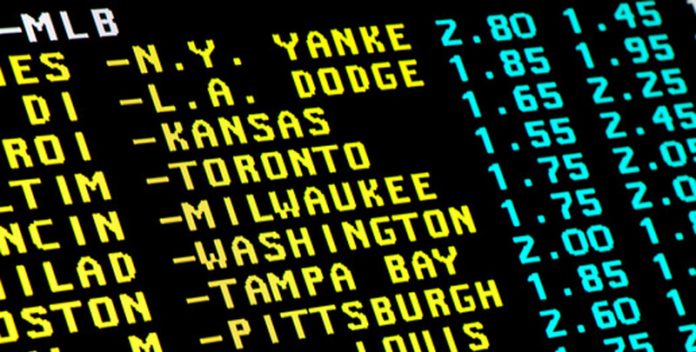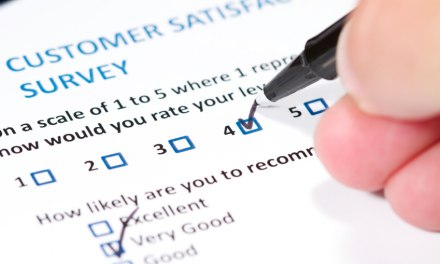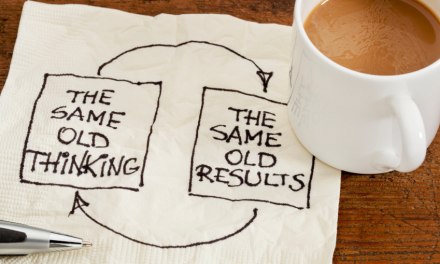I thought I’d do a brief follow-up to something I wrote last month on the coming expansion of gambling into the once-protected world of US sports. Here’s a piece from Vox that pretty well explains what will happen going forward:
Sports betting: Pretty fun, probably terrible
And it’s coming on fast. Take the New York experience: in just 10 days, a million-plus new customers had signed up for betting accounts. And these were mostly first-timers – the sort of new blood the industry covets most.
The result: more than a billion dollars in bets in a little more than two weeks. Two billion in the first month. And that’s just New York. Think of the tax revenue that kind of volume wagering will generate.
A quote from one expert: “You’re talking about an industry that is in land-rush mode.” No kidding. And that suggests a major shakeout at some point, where the strong survive and the weaker entries do not.
One common business strategy is to force your way into the marketplace, accumulate as many customers as quickly as possible, then gather immense amounts of data about them that can be used to attract still more new customers. Make up through sheer sales volume for the relatively small margins per wager. I’ve heard it compared to the early days of companies such as WalMart and Amazon – the emphasis on rapid expansion to seize market share, potentially squeezing out much of the competition.
It’s an approach known for yielding big winners and big losers.
The Vox article makes clear that much of target audience for these aggressive promotion campaigns will be younger people. The hope is they’ll mature into lifelong customers. As their income grows, industry analysts figure, so will the firm’s profits.
Of course, it also seems inevitable that given such rapid growth in customers, we’ll see a corresponding increase in the number who develop gambling disorders. How much of an increase, exactly? Hard to say for certain. But current estimates are that an estimated 1% of Americans suffer from a severe gambling problem. Including some 750,000 who are between ages 14 and 21.
Only a minority of those will seek treatment, of course. We know from our experience with alcohol and drug patients. Then again, given huge numbers involved — 1% of Americans? – the impact on providers should be obvious.
Let’s take a moment to review the relationship between gambling and substance disorders. It’s well-documented in the literature.
To quote one journal article, “…the findings suggest a strong need to identify and manage gambling comorbidity in substance use treatment.”
A review of gambling disorder and substance use disorders
To me, that suggests that treatment professionals should routinely screen clients for evidence of both disorders — regardless of which one might have motivated treatment in the first place.













